
Vilhelm Hammershøi (1864-1916) was a Danish painter known for his low-key atmospheres and his very limited palette of grey tones and mostly desaturated hues used to depict architecture, landscapes and portraits. However the artist is mostly celebrated for his interiors, enfilades, contrejours, devoid of people or presenting enigmatic feminine figures, usually depicted from behind, reminding the works of Flemish Pieter Jannsen Elinga.
His melancholic attitude, the interest for the themes of death and simbolism, made him distant both from the academia and the artistic experimentations of his time (the discovery of French Impressionism during one journey to Paris in 1889 was without trace in his art), so that he was portrayed by Hervé Gauville through these words: “There is, in the attitude of this austere man, a retreat from his contemporaries that contributes to distance him from the debates of his time. Today to take the measure of this character, it must be admitted that he is to Denmark what Giorgio Morandi is to Italy and Balthus to France, that is to say, beautiful dinosaurs, not individuals out of time, but at the margins of their time“.
As a citizen, he visited the contryside one or two months per year, where he depicted very somber and desolate landscapes, with low horizons and vaste skies. Urban architecture however, offered the painter the most of his inspiration. His many painting of buildings and monumental palaces, usually depicted after photographs are like his landscapes, usually devoid of people and hallucinatory.



At the end of the century Hammershøi began working on another theme: the interiors of the apartment where he lived. Contrarily to the fashion of the time, his house was scarcely furnished and without Victorian decoration, an aesthetical choice that probably came from the artist own psychological retreat from society, but ended up linking the painter to Austria contemporary architects like Loos and Hoffman, who, in the same period, were theorizing about similar purist orientations for their archiectures.
If the interiors are inhabited, it is always by only one person, a solitary, dreaming woman looked from behind or in profile, generally a portrait of his own wife Ida.
The atmospheres of Hammershøi unreal interiors and the solitude of his characters, closed in their own individual domains, let critics find parallels between his oeuvre and that of past masters like Vermeer, but also argue about the possible influence he had to artists like Edward Hopper and Giorgio Morandi or to filmakers like Karl Theodor Dreyer (1889-1968). The latter greatly appreciated his precursor and acknowledged the importance for his movie making.
Philippe Delerm, French writer, dedicated his “Intérieurs” to the artist , trying to enter his intimacy: «A travers la fenêtre. Un bateau pour partir, ou bien pour signifier que tout départ est impossible. Les voiles repliées, pas un souffle de vent, à peine un écho argentin dans les poulies, tout en haut des gréements. La mer n’a pas de vagues, aucun courant.» (“Through the window, a boat to sail, or rather meaning that any departure is impossible. Sails folded, not a breath of wind, just an Argentine echo through the pulleys at the top of the rigging. The sea has no waves, no tide “)
A poetic voyage in the paintings of Danish artist Vilhelm Hammershoi was also made by Michael Palin for a documentary broadcast on BBC Four on June 29 2008. “Michael Palin and the Mystery of Hammershoi” is streamed here.



































Via: Les Etoiles d’Artlubie and John-Roe Luna
Also read: Wikipedia French page.
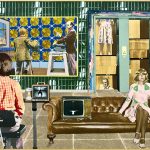
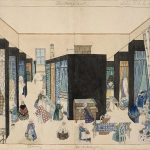
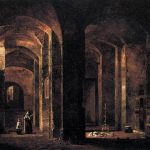
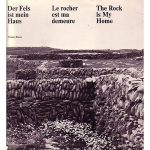
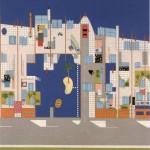
How beautiful, sad, and strange. Brings to mind Woody Allen’s Interiors from 1978.
to describe these interiors as banal is to miss the point…